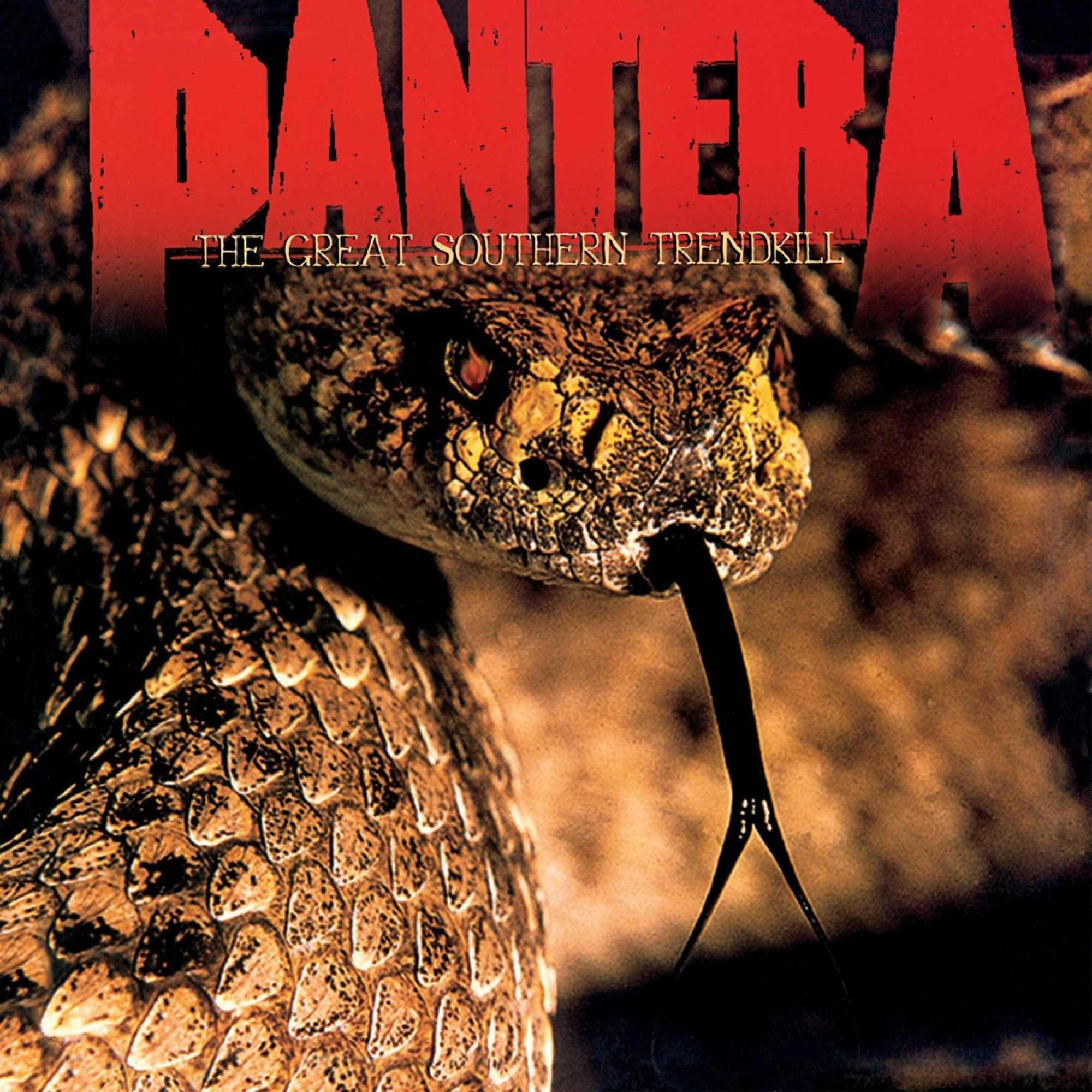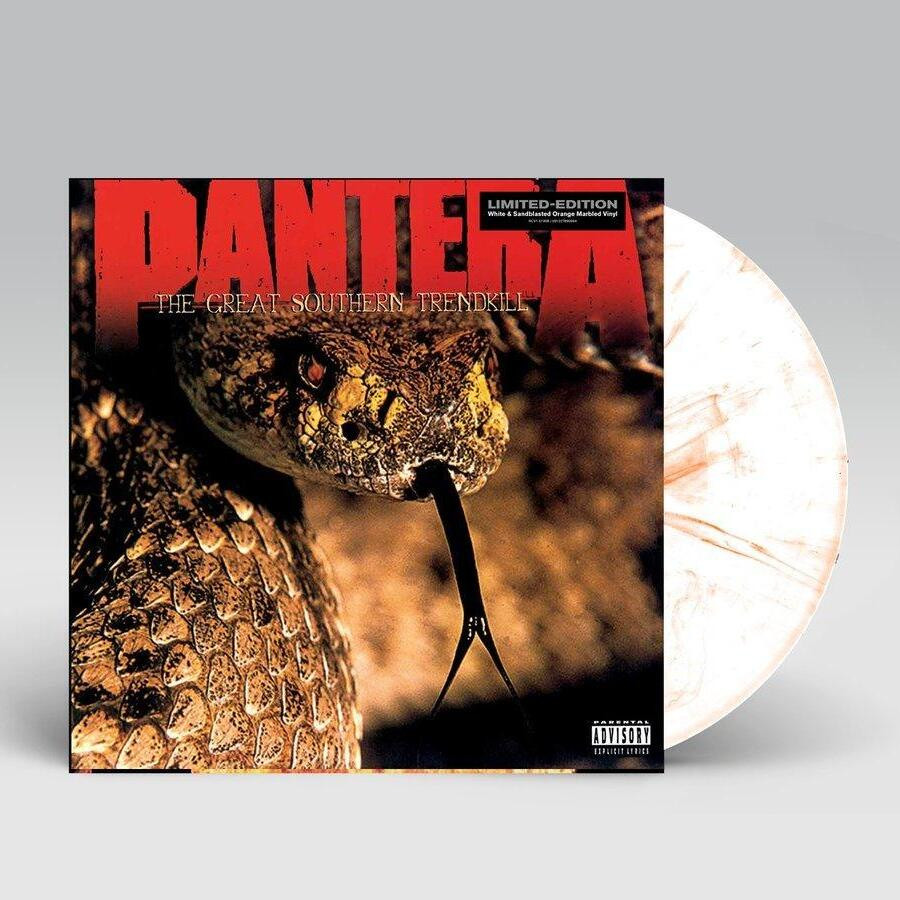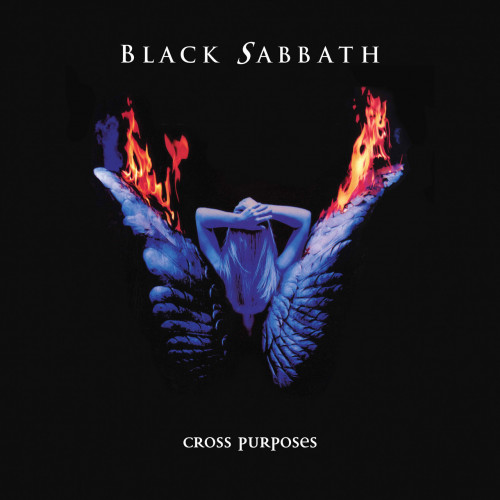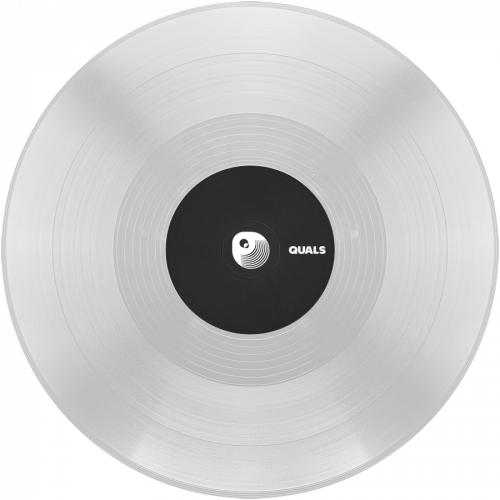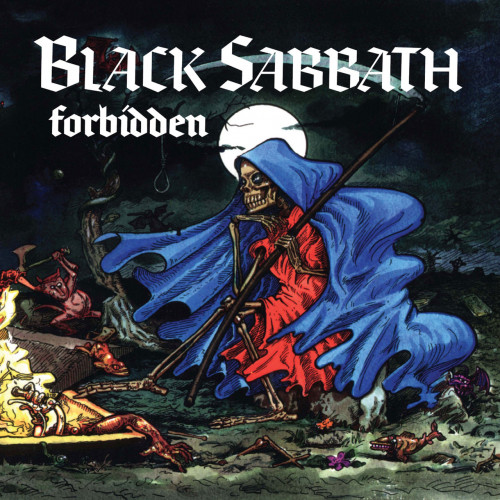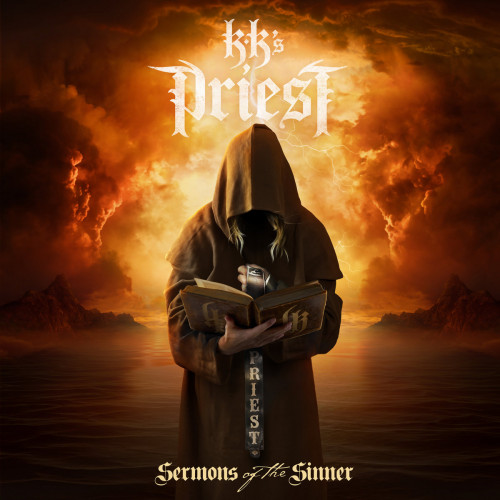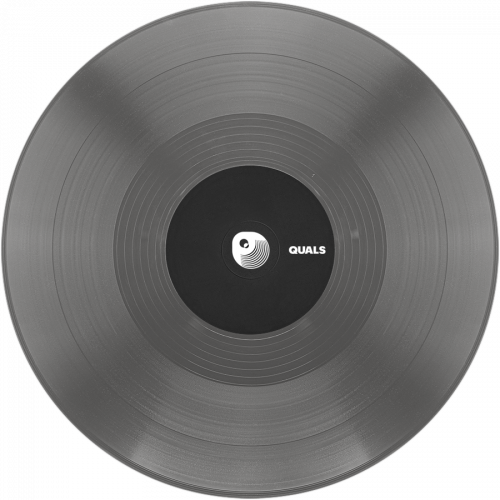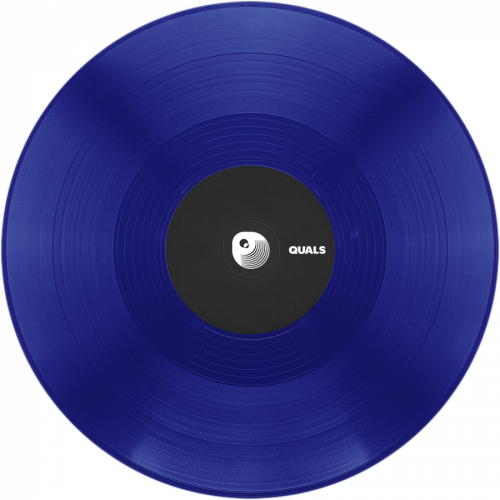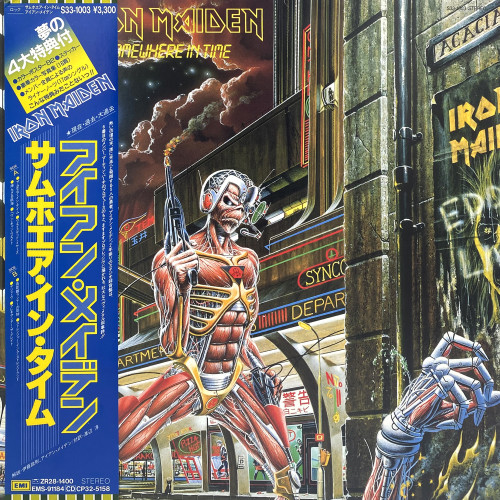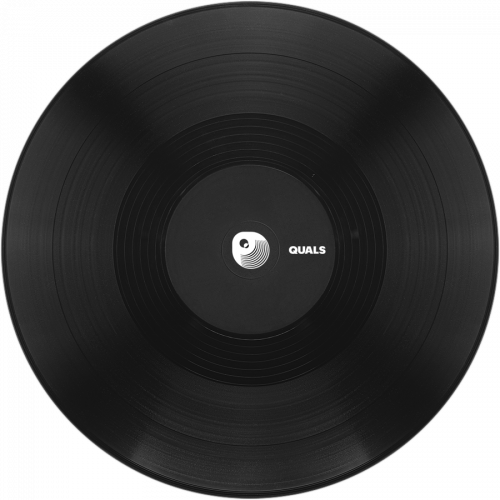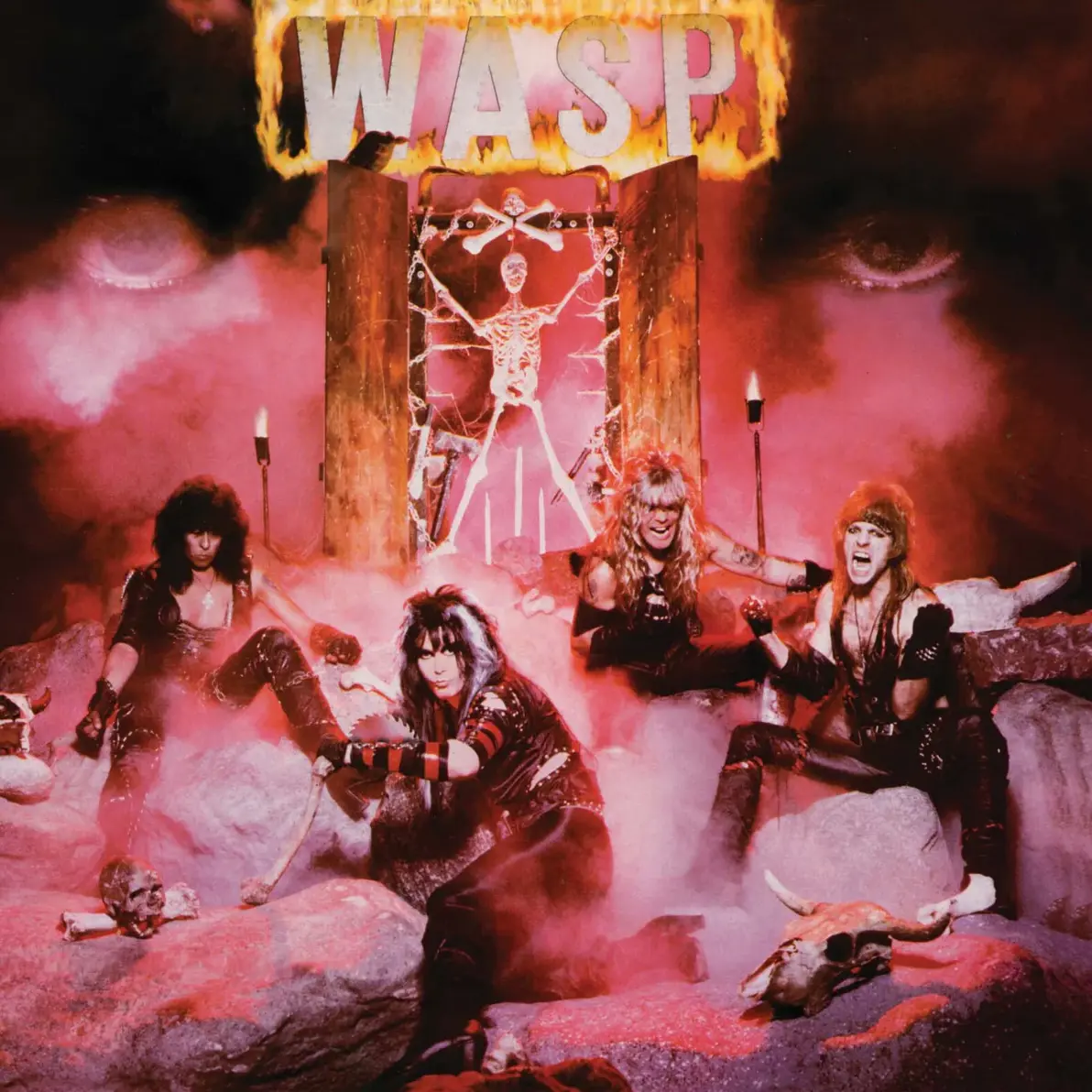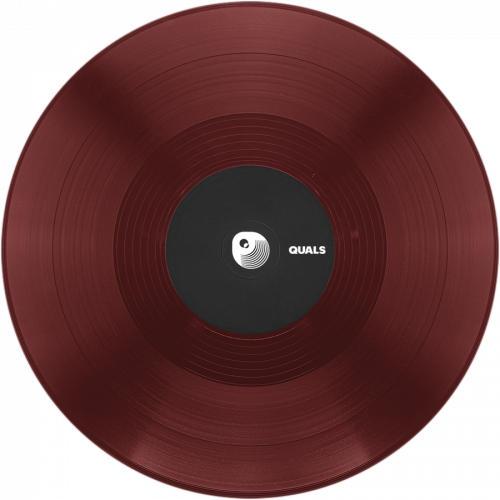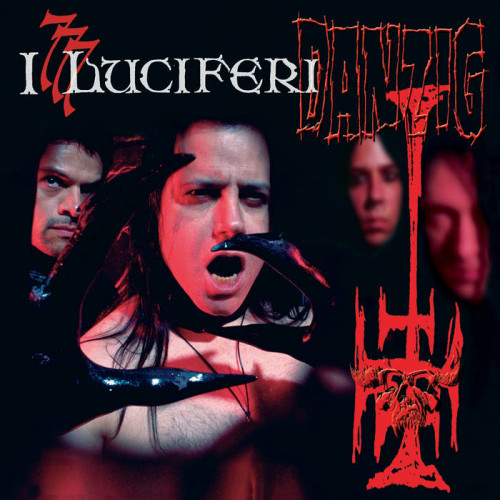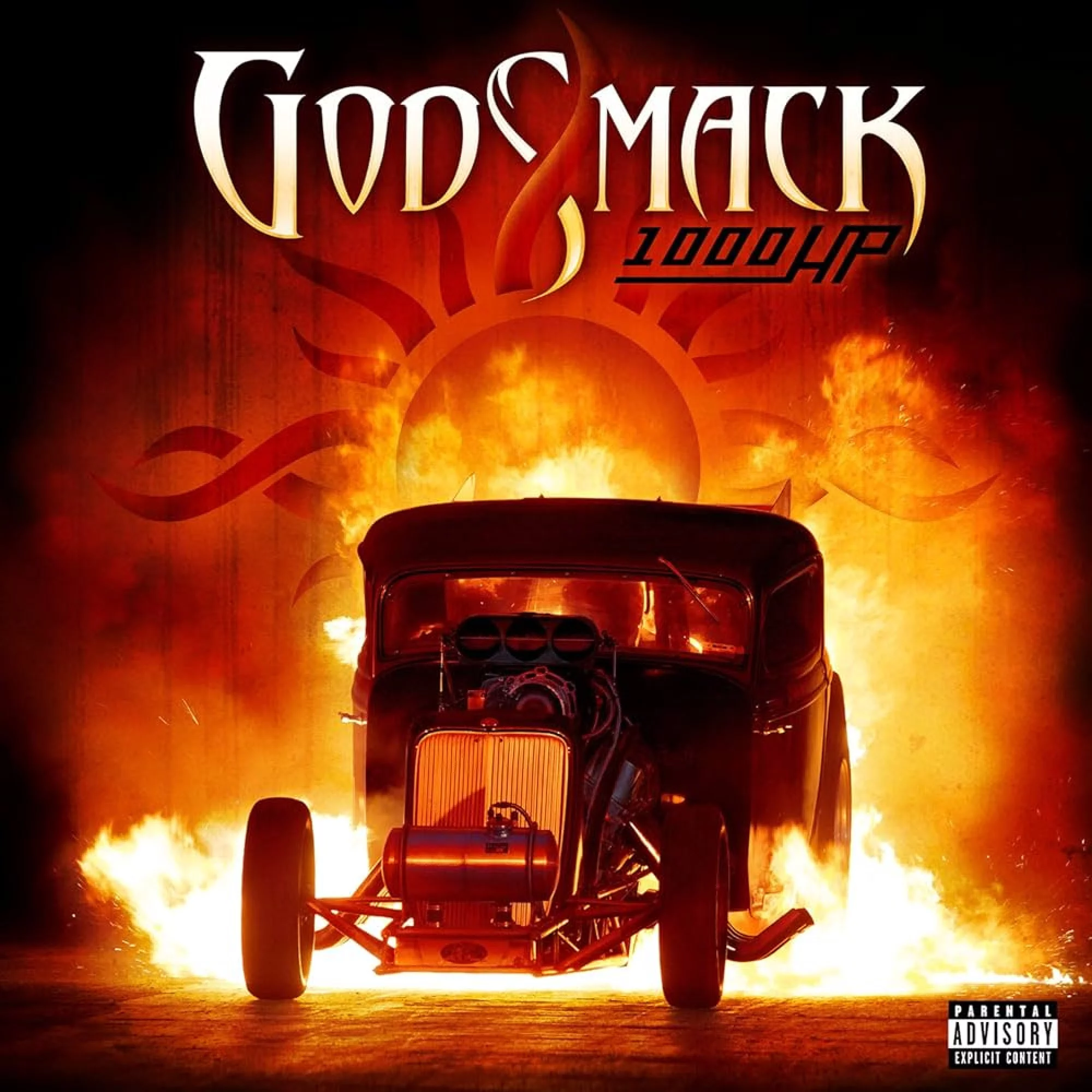The Great Southern Trendkill reached No. 4 on the Billboard 200 chart and stayed on the chart for 16 weeks. Released on May 7, 1996, The Great Southern Trendkill was Pantera's re-dedication of purpose to thrash metal, at a time radio and MTV were endorsing friendlier styles of alternative metal.
By the time they set out to make Trendkill in late '95, Pantera were one of the lone remaining thrash-era metal acts that were still selling a lot of records (1994's Far Beyond Driven debuted at No. 1 on the Billboard album chart). More crucially, they were one of the only ones doing so without diluting their sound. In fact, while Pantera were growing more successful by getting heavier with each record, most of Pantera's peers had hit steep career drop-offs and were struggling to remain visible. Perhaps it's understandable that they felt like the world was closing in on them.
"Phil was going through a lot of mental distress and it's all on that record," Vinnie Paul said 1997. "You can feel the pain, you can see it, you can hear it. And it affected all of us, no doubt."
Pantera was at its most hostile, writing riffs that were dissonant and disorientating. Anselmo is an electrifying performer-one of metal's all-time greatest frontmen-and Trendkill was the first time that he truly showed his fragility.
To a large extent, Pantera lashed out, as did Anselmo, but for entirely different reasons. As a result, Trendkill writhes and rails with desperation and self-loathing and roars with intensity, making it the heaviest album Pantera ever released. It also has one of the boldest album cover designs in their history, featuring the apex predator, Western Diamondback Rattlesnake.
